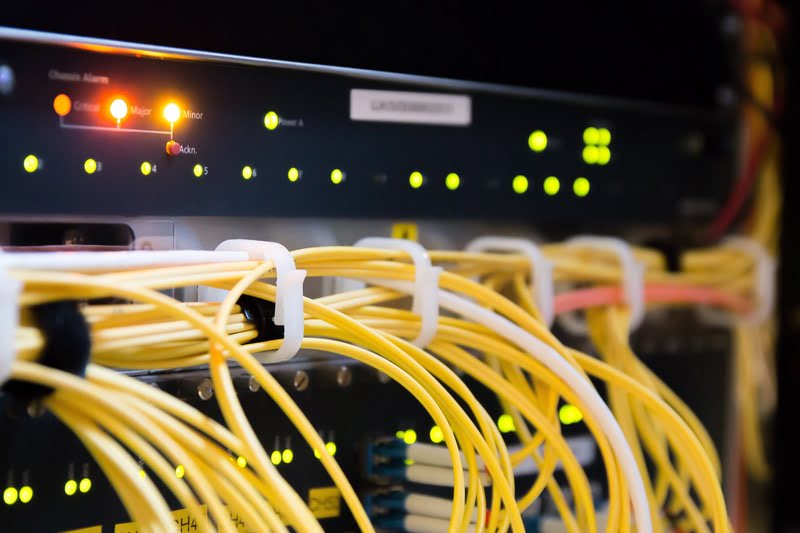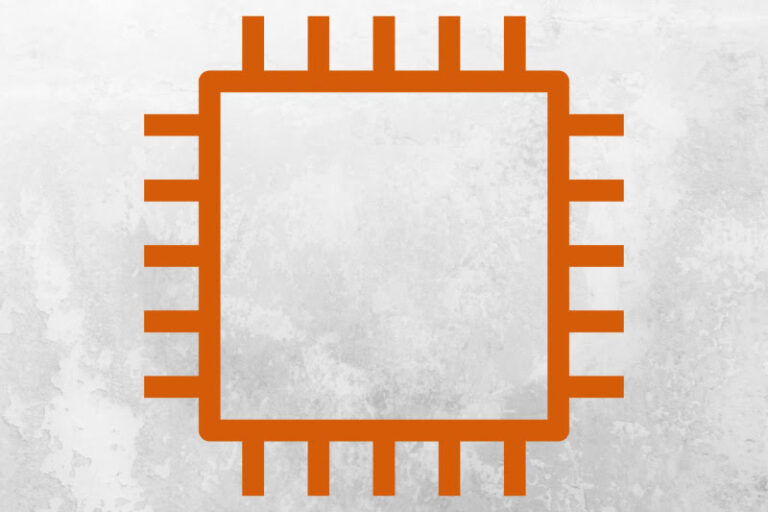Amazon Elastic Compute Cloud (Amazon EC2) Service is one of the offerings by Amazon Web Services (AWS), which allows you to launch elastic virtual machines (VMs) in the AWS cloud. These servers are known as EC2 instances. They are easy to set up and create from preconfigured images that determine the operating system (OS) and software.
What Do I Configure When Launching EC2 Instances?
When launching EC2 instances, you need to configure virtual CPU (vCPU), memory, storage, and networking capacity. They will launch in the environment you define when setting up, and if it fits your use case, you can use Elastic IP addresses. You no longer worry about physical servers since they run on AWS proprietary data centers.
Who Is in Charge of Securing My Instances?
You would be in charge of the security in your environment. Therefore, you determine which traffic reaches your instances by configuring a firewall with protocols, ports, and source IP ranges. Amazon EC2 instances allow for the customization and modification of such critical configurations at any time post-launch.
What Are the Benefits of Using EC2 Instances?

EC2 instances can save you from the established pain of owning your own data centers. When you work with them, you get solutions that are an exact fix to the hardships of physical hardware. This solution is possible because AWS designed them for the qualities below.
1. Scalability
If you are worried about having enough capacity for peak business times, EC2 instances have you covered. You can start with the resources you need, and when the need arises, you scale up the VMs to match the demand. When the traffic reduces, you can scale down accordingly.
2. Innovation
EC2 instances support innovation since you can deploy them in minutes and focus on new ideas for business implementations. The speed applies to various magnitudes to let you experiment with unique ideas adequately. Their design supports testing novel ideas to meet diverse customer needs and transform your trade.
3. Pay-As-You-Go
Compared to the fixed expenses upfront expense on physical servers, EC2 instances give you a variable cost. You only pay for the servers when they are running. Thanks to economies of scale, the pricing is significantly lower than when you own your servers.
After signing up for AWS, you benefit from Amazon EC2 AWS Free Tier. If it comes to it, you can integrate various purchasing options for your instances.
4. Elasticity
EC2 instances are at your disposal as needed. You can also launch and terminate them when it applies, hence the term elastic. This design is a great advantage of being hardware-independent.
EC2 versus Physical Servers: Which Is Better?

Earlier, businesses would operate servers in their own data centers, which was a problematic approach. In retrospect, each constraint from the physical servers called for elastic resources. Amazon identified the market gap and designed elastic compute services to conquer the following pains of running conventional servers:
1. Guessing Capacity
When working with physical data centers, the preliminaries, among many, include predicting demand. You begin by attempting to see the future when deciding on the capacity to set up in the chosen location.
With luck, you will have enough data to aid with that, but there is no guarantee of accuracy. If we are being honest, it is guesswork that you cannot easily correct since the resources are not elastic.
2. Upfront Costs
After determining your capacity, purchasing the hardware follows. With physical data centers, it would mean buying everything upfront. You get to spend money on the servers before you use them for your business.
3. Taking a Long Time to Deploy
What would follow after making the purchase is months of deployment. The delivery of the purchased hardware, installation process, and initial powering up and testing can take months. Some use cases would, however, require up to a year to set up.
4. Tied to One Location
After going through the steps above, it makes sense why you would never think of changing your data center location. You would rely on that single location for as long as it makes financial sense. This period translates to years’ worth of stay.
5. Low Innovation
If you would ever consider innovation, it may mean redoing the steps above with new equipment. Innovation may also include renting new space for the additional servers. The same approach applies if you may need to scale at some point after your predicted capacity falls short with time.
Should I Consider Using EC2 Instances?
At this point, we are all on the same page about the constraints of running and managing your physical data centers. You were probably nodding to every listed limitation above. For this reason, you should consider using the EC2 service by AWS.



